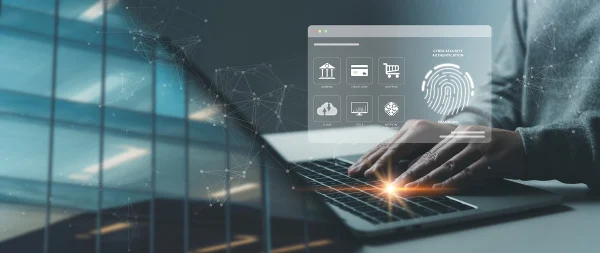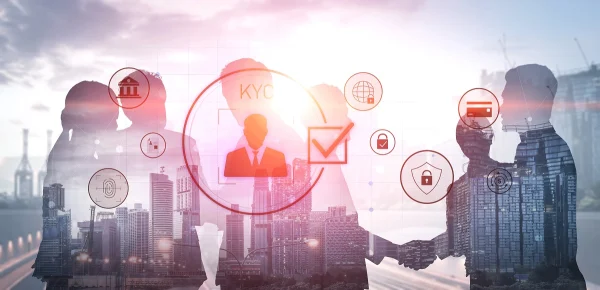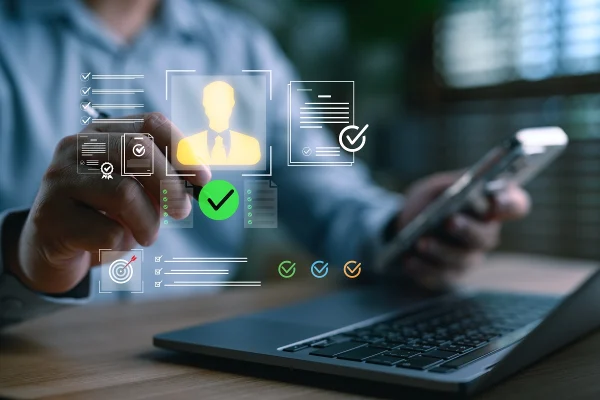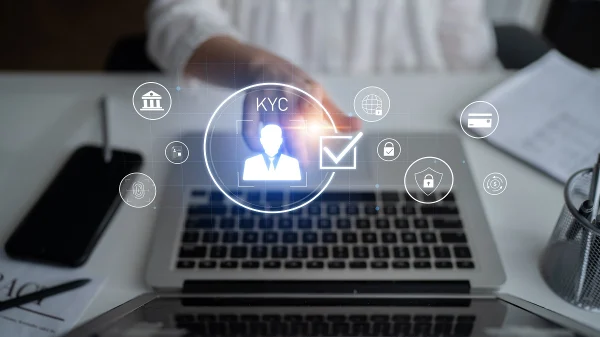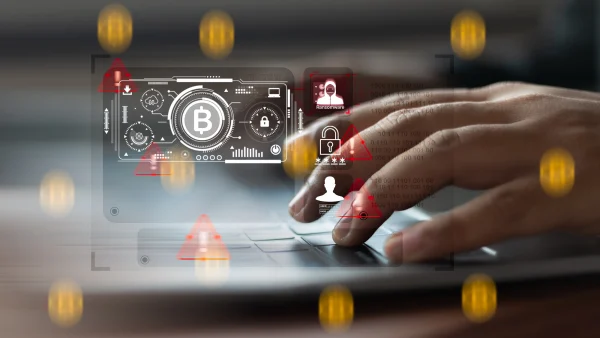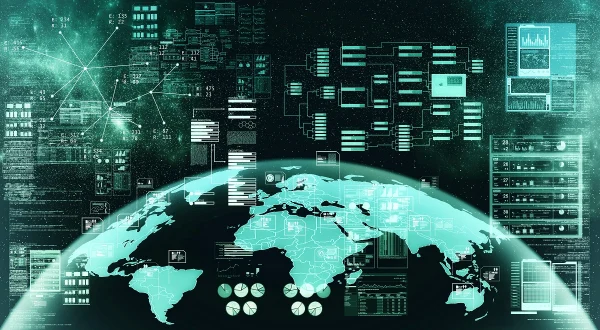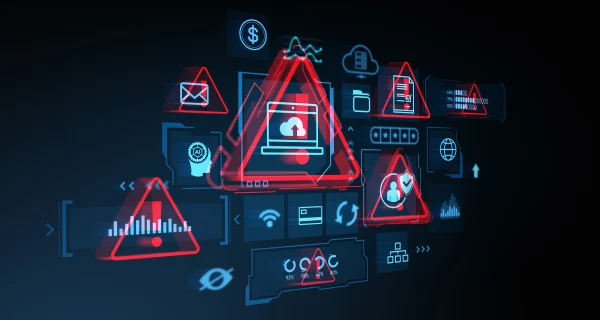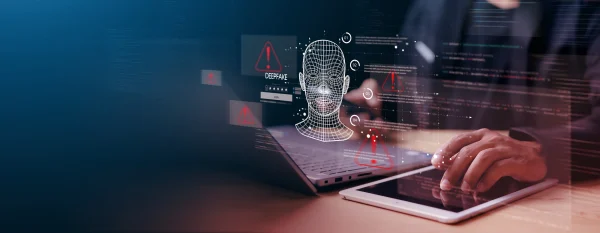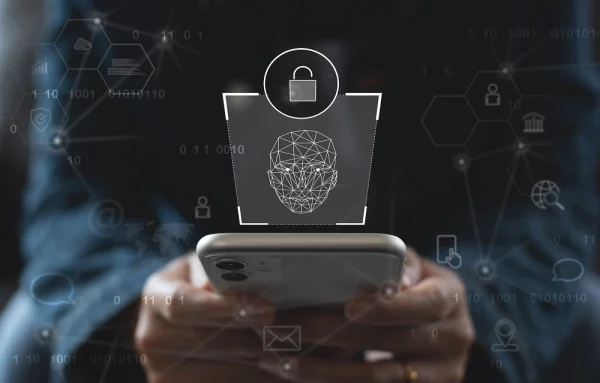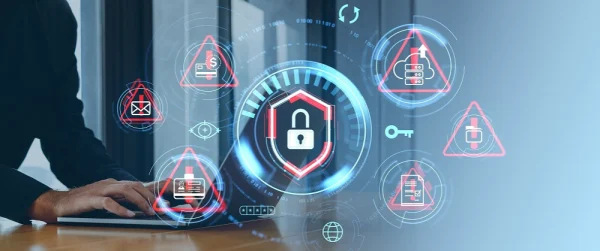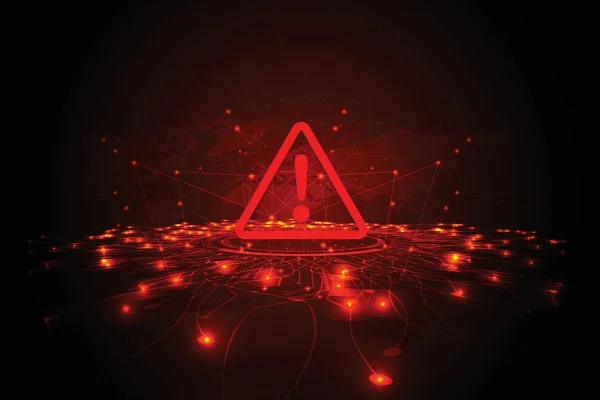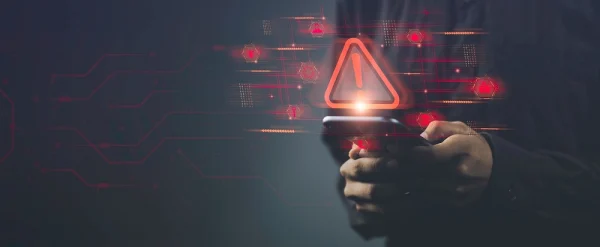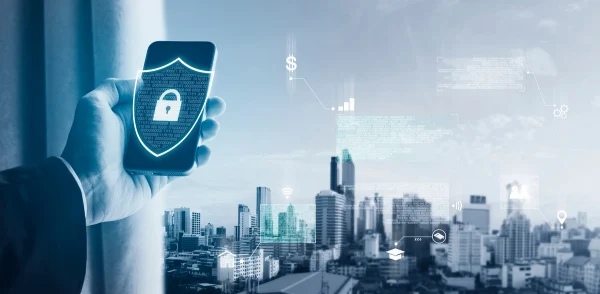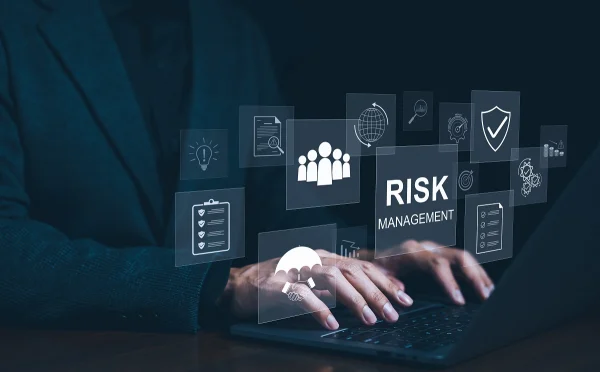More About Nico Dekens - aka "Dutch Osint Guy"

Connect with Nico Dekens - aka "Dutch Osint Guy"
Nico Dekens is an experienced all-source intelligence analyst and the founder of Dutch Osint Guy Intelligence Services, specializing in Open Source Intelligence (OSINT), online Human Intelligence (HUMINT), and digital investigations. With a deep passion for intelligence gathering, analysis, and online investigations, Nico has dedicated over 20 years to the field, including extensive experience within Dutch law enforcement. Throughout his career, he has worked on a wide range of cases, from high-profile homicide and international narcotics investigations to tracking stolen art, gang violence, and online extremist networks. He has also conducted covert virtual HUMINT operations and counterterrorism investigations.
Recognized in the OSINT community as @Dutch_OsintGuy, Nico is a well-known trainer and consultant, providing expertise in OSINT methodologies, risk assessment, security awareness, and structured team workflows. As a co-founder of the OSINTCurio.us project, he actively contributes to the growth and development of OSINT professionals worldwide.
Driven by a mission to enhance global security, Nico pursued OSINT and cyber intelligence to help safeguard communities and stay ahead in an ever-evolving digital landscape. His commitment to continuous learning and knowledge-sharing has led him to train thousands of professionals in government and private sectors, including the development of OSINT units within the Dutch government.
Nico is a SANS instructor for SEC497: Practical Open-Source Intelligence (OSINT) and is the lead author of SEC587: Advanced OSINT Gathering and Analysis. His teaching philosophy revolves around practical, real-world application, emphasizing a dynamic exchange of knowledge between instructor and student. He is also a faculty member at the SANS Technology Institute, a recognized NSA Center of Academic Excellence in Cyber Defense.
Among his most impactful achievements, Nico takes pride in his role in preventing terrorist attacks and tracking down child predators. His contributions have earned recognition from organizations such as Europol, the U.S. Department of Homeland Security (DHS), NATO, and Dutch law enforcement. Additionally, the Dutch Military Cyber Intelligence and Cyber Defense department has formally expressed gratitude for his efforts.
In 2023, Nico was named Open Source Intelligence Champion of the Year by the OSMOSIS Institute in recognition of his contributions to the field. His professional credentials include certifications as a Police Detective, Operational Intelligence Analyst, Tactical Intelligence Analyst, Strategic Intelligence Analyst, Open-Source Intelligence Analyst, Cyber Intelligence Tradecraft Professional, and Online Counterterrorism Specialist.
Podcasts and Talks
- Live Stream: Building on the Foundations of OSINT with SEC587: Advanced Open-Source Intelligence, November 2021
- SANS @ MIC Talk – Leveraging Telegram for OSINT purposes, August 2020
- Tech Tuesday Workshop – Introduction to OSINT Video & Image Verification, June 2020
- SANS @ MIC Talk – Using the OSINT Mind-State for Better Online Investigations, May 2020
- Operations Security (OPSEC) tradecraft tips for online Open Source Intelligence (OSINT) Research, January 2020
- Recorded Future Podcast episode 142 – The Physical and the Digital of Open Source Intelligence
- Tech against terrorism podcast : The power and responsibility of Open Source Intelligence
- Layer8 podcast – Spot the Jihadi
- The Pivot: Make The World A Safer Place With OSINT
Publications
- Nico’s website: https://dutchosintguy.com/
More
- You can read his personal blog here: https://medium.com/@DutchOSINTguy
- Nico is the co-founder of The OSINT Curious: https://OSINTcurio.us/
- Research with Amsterdam University about Online Radicalisation: https://www.digitalmethods.net/Dmi/Radicalengagement
Connect with Nico
Latest Posts by Nico Dekens - aka "Dutch Osint Guy"
KYC Integration: Step by Step Guide for Financial Institutions
Financial institutions face growing pressure to authenticate customer identities, detect financial crime, and comply with shifting KYC and AML regulations, all without slowing down onboarding or harming customer experience. But legacy KYC tools that focus on document verification and static watchlists can miss synthetic identities, shell companies, or disguised ownership structures. This guide provides a
The KYC Onboarding Process: Expert Guide
Know Your Customer (KYC) onboarding is the first line of defense between your organization and its customers, and it’s where most financial crimes are either detected and prevented or slip through the cracks. It’s much more than ID gathering. Done right, KYC onboarding confirms identity, assesses risk, appeases regulators, and protects your business with minimal
What is KYC Remediation? Step by Step Guide
KYC remediation occurs after onboarding is complete. Remediation is the process of digging into existing client files to fix missing or expired information, update changes in ownership, and re-score risk against today’s increasingly stringent regulatory requirements. For regulators, there is no distinction between new and existing customers; full current files are expected, regardless of when
KYC vs. CDD: What’s the Difference?
Financial institutions are required to “know their customer,” but the terms KYC and CDD are often confused or treated as separate processes. Customer Due Diligence (CDD) is a subset of KYC; it is not an alternative framework. KYC encompasses the entire lifecycle of identifying, verifying, assessing, and monitoring a customer over time. CDD is contained
Required KYC Documents for Banks
Banks are required to gather KYC documents to comply with regulations, but they must also validate the documents are authentic, accurate, and associated with the actual real people or businesses involved. Banks need to establish and validate each customer’s identity, address, financial transactions, and, if the customer is a business, beneficial ownership structure. Banks must
Automated KYC Verification: 8 Winning Strategies
Financial institutions and fintechs are facing increasing pressure to onboard customers quickly without missing hidden risks. Traditional manual KYC solutions can’t keep pace with digital onboarding, global data sources, and sophisticated fraud techniques. For this reason, more banks and fintechs are deploying automated KYC checks to meet expectations around better risk and compliance outcomes. These
How OSINT Is Transforming Stadium Security: Real-Time Insight for Game Day Threats
Major sporting events are high-profile, high-stakes operations. Thousands of fans, live broadcast coverage, and an open digital ecosystem make stadiums an attractive target for disruption. Traditional physical security is no longer enough, threats now emerge online, often days or weeks before the event begins. The Evolving Threat Landscape Modern security teams face a growing digital
KYC Verification Process: 8 Steps to Compliance
Know Your Customer (KYC) verification is a critical component of any financial compliance program. KYC verification is the process of verifying an individual’s or entity’s identity to confirm that they are who they claim to be, minimizing the risk of fraud, money laundering, and terrorist financing. The KYC process flow encompasses customer identification verification, risk-based
What is KYC in Crypto? Requirements, Process, and Verification Explained
Cryptocurrency has evolved from an experimental fad to a worldwide market. As it has grown in popularity, regulators around the world have made one thing clear: the platforms used to buy, sell, and store cryptocurrency have to know who their users are. Know Your Customer (KYC) regulations, once the domain of traditional banks, are now
OSINT Without Barriers: Spend Time on the Case, Not the Bureaucracy (with OSINT Tools)
Data grows by the second, more than 5 billion social data points are created a day. Yet too many investigations stall in the same places — getting access, crawling sources, juggling exports and manual pivots. That doesn’t produce better intelligence; it produces fatigue. If the goal is faster, defensible decisions, the barrier isn’t a lack
21 Best Threat Intelligence Platforms (2025 Guide)
Threat intelligence has become a critical function for security operations. With the rapid shift in attack tactics and a proliferation of threat signals on the surface, deep, and dark web, security teams need tools that help them filter out the noise, surface the real risks, and respond in an informed and targeted way. Threat Intelligence
21 Best Fraud Detection Software Tools (2025 Guide)
Fraud tactics are evolving faster than ever, and they’re becoming increasingly sophisticated. Driven by AI, automation, and novel attack vectors like synthetic identities and phishing-based account takeovers, organizations today face threats that can slip past outdated, rule-based defenses. To keep pace, fraud teams need advanced tools that combine real-time monitoring, machine learning, and contextual intelligence.
Top 5 Fraud Detection Techniques Every Organization Should Know
Fraud is an arms race. Account takeovers, synthetic identities, and organized fraud rings are just a few of the ways attackers are testing organizations’ defenses and looking for weak spots. Fortunately, there are established fraud detection techniques that enable companies in any industry to fight back. In this article, we’ll explore five of the most
What is Identity Intelligence? Techniques, Benefits, and Real-World Applications
Understanding who’s behind digital activity can shift the direction of an investigation. That’s the essence of identity intelligence: the process of collecting, enriching, and analyzing identifiers such as usernames, email addresses, and phone numbers to reveal real-world actors. With threats becoming more sophisticated and anonymous, identity intelligence has emerged as a crucial additional layer of
Corporate Security Compliance: How to Meet Regulations to Stay Compliant
Corporate security compliance is a critical part of operating in today’s regulatory environment. Whether you’re handling healthcare records, financial data, or cloud infrastructure for government clients, regulators expect proof that your security controls are working and that you understand the risks tied to your systems and data. This guide breaks down the key regulations businesses
10 Steps to Conduct a Corporate Security Risk Assessment in 2025
Every organization faces corporate security risks, but not every organization knows where those risks are or how to prioritize them. A well-executed corporate security risk assessment gives you the visibility needed to protect what matters most. This guide breaks down the process into 10 clear, actionable steps, from defining your scope to monitoring emerging threats.
12 Best Threat Intelligence Tools (2025 Guide)
As cyber threats grow more sophisticated, security teams need tools that deliver speed, clarity, and actionable context. The right threat intelligence tools can expose malicious infrastructure, detect suspicious activity, reduce false positives, and help you move faster when the stakes are high. This list highlights 12 of the best threat intelligence tools in 2025, including
9 Biggest Corporate Security Trends Shaping Modern Risk Management
Remote work, cloud sprawl, and supply chain dependencies have permanently reshaped the risk landscape, shifting where threats emerge and how they remain concealed. Meanwhile, threats are faster, more distributed, and more complex than ever. Staying ahead means rethinking your approach. The organizations leading the way are shifting from perimeter defense to identity-based security, from information
Corporate Security in Banking: 12 Best Practices
Banks are high-value targets for cybercriminals, fraudsters, and nation-state actors seeking financial gain, sensitive data, or systemic disruption. Between the money, data, and public visibility, it’s no surprise they attract everything from financially motivated threat actors and insider risks to hacktivists and state-sponsored campaigns. But the threats aren’t just external. Misconfigurations, insider risk, and third-party
14 Essential Corporate Mobile Security Requirements
Mobile security is no longer limited to traditional endpoints like desktops and laptops. Today’s workforce depends on smartphones, tablets, and laptops to access sensitive emails, corporate systems, and critical business functions—often from outside the office. This increased mobility boosts productivity, but also significantly broadens the attack surface. Modern mobile security must extend beyond basic measures
Corporate Security Monitoring: 9 Key Benefits
Most security incidents rarely happen without warning and emerge from known vulnerabilities or missed threats. There’s usually a signal, such as a leaked password, a spoofed domain, or malware hiding in plain sight. With corporate security monitoring, you can catch those signals before they turn into problems. Whether it’s watching for suspicious network activity, tracking
12 Ways to Improve Corporate Security Awareness
Employees are your first line of defense. No matter how sophisticated your security operations are, a single click, one misplaced device, or one overlooked warning sign can unravel your best-laid plans. That’s where corporate security awareness comes in. It equips each and every employee with the knowledge and tools they need to become part of
Information Security Policy: 14 Key Elements for Corporate Security
Information security policies (ISPs) are guardrails for your business. They define who can access what, how data is handled, and what happens when something goes wrong. Without an ISP, you’re relying on guesswork, which is ineffective for stopping breaches. This article breaks down the core elements every policy should include to reduce risk, ensure accountability,
22 Best Practices for Effective Corporate Security Investigations
The stakes are high in corporate security investigations. A single misstep can erase evidence, trigger legal exposure, or leave threats unresolved. Whether you’re investigating insider leaks, external breaches, or executive threats, a disciplined approach is critical. This guide walks through the 22 best practices that are essential to helping you run cleaner, faster, and more
8 Best Social Media Monitoring Tools for Law Enforcement (2025)
Law enforcement agencies depend on sophisticated tools for detecting threats and tracking suspects, and social media monitoring has become an indispensable source of intelligence. Social media can support investigators’ efforts in everything from exposing criminal networks to gauging public sentiment. The right technologies enable investigators to gather real-time data and unify digital information to speed
Social Media Monitoring for Government: Expert Guide
In the current threat environment, ignoring social media is a liability governments can’t afford. Social platforms function as more than communication tools, serving as digital battlegrounds where narratives form, movements begin, and threats emerge. From lone-wolf attacks planned in comment threads to mass disinformation campaigns seeded by nation-state actors, the signals are already there. You
Social Media Threat Monitoring: 10 Effective Strategies in 2025
Social media threat monitoring is a key component of open-source intelligence (OSINT) that involves real-time tracking and analysis of social media platforms to detect security threats, harmful content, and criminal activities. Social media threat monitoring systems provide essential functionality for public safety organizations, as well as corporate security departments and risk management professionals. In this
Corporate Data Security: 10 Best Practices for Protecting Sensitive Business Information
Threat actors don’t need to break down your front door; they just wait for an unpatched server, a shared password, or a misconfigured S3 bucket to seize an opportunity for illicit access. Corporate data breaches extend beyond system damage, with impact to revenue, undermining trust and harming reputations while leading to regulatory consequences. The guide
8 Strategies to Strengthen Your Corporate Security Plan
Modern threats operate continuously and ignore organizational boundaries between departments. Attackers target every possible vulnerability through phishing attacks, malware, insider threats, and even physical breaches. That’s why an effective corporate security plan requires more than basic locks, firewalls, and policies. It demands an intelligence-driven defense. Current threat conditions make reactive measures insufficient, and effective prevention
What is Corporate Security? The Complete Guide
Corporate security isn’t just about surveillance cameras, firewalls, or background checks. It’s about protecting the entire operation, from people and data to operations and reputation. Today’s threats don’t come from one direction. They’re physical, digital, and often hiding in plain sight. This guide breaks down what corporate security really means, why it matters, and how

